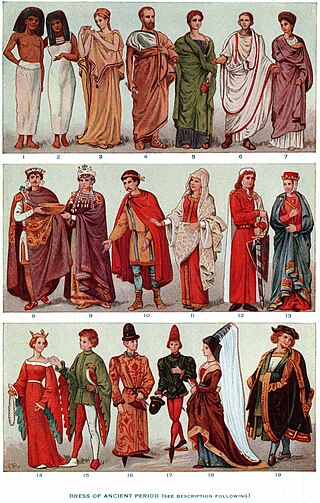
Clothing is any item worn on the body. Typically, clothing is made of fabrics or textiles, but over time it has included garments made from animal skin and other thin sheets of materials and natural products found in the environment, put together. The wearing of clothing is mostly restricted to human beings and is a feature of all human societies. The amount and type of clothing worn depends on gender, body type, social factors, and geographic considerations. Garments cover the body, footwear covers the feet, gloves cover the hands, while hats and headgear cover the head, and underwear covers the private parts.
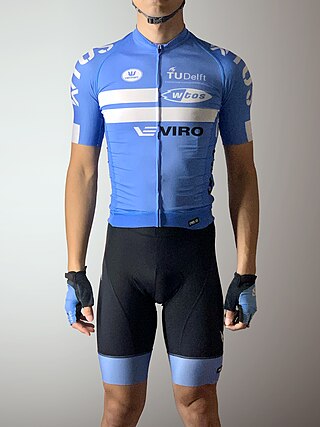
Spandex, Lycra, or elastane is a synthetic fiber known for its exceptional elasticity. It is a polyether-polyurea copolymer that was invented in 1958 by chemist Joseph Shivers at DuPont.

Room temperature, colloquially, denotes the range of air temperatures most people find comfortable indoors while dressed in typical clothing. Comfortable temperatures can be extended beyond this range depending on humidity, air circulation, and other factors.

Dyeing is the application of dyes or pigments on textile materials such as fibers, yarns, and fabrics with the goal of achieving color with desired color fastness. Dyeing is normally done in a special solution containing dyes and particular chemical material. Dye molecules are fixed to the fiber by absorption, diffusion, or bonding with temperature and time being key controlling factors. The bond between the dye molecule and fiber may be strong or weak, depending on the dye used. Dyeing and printing are different applications; in printing, color is applied to a localized area with desired patterns. In dyeing, it is applied to the entire textile.
Polybenzimidazole (PBI, short for poly[2,2’-(m-phenylen)-5,5’-bisbenzimidazole]) fiber is a synthetic fiber with a very high decomposition temperature. It does not exhibit a melting point, it has exceptional thermal and chemical stability, and it does not readily ignite. It was first discovered by American polymer chemist Carl Shipp Marvel in the pursuit of new materials with superior stability, retention of stiffness, and toughness at elevated temperature. Due to its high stability, polybenzimidazole is used to fabricate high-performance protective apparel such as firefighter's gear, astronaut space suits, high temperature protective gloves, welders’ apparel and aircraft wall fabrics. Polybenzimidazole has been applied as a membrane in fuel cells.
Thermal comfort is the condition of mind that expresses subjective satisfaction with the thermal environment. The human body can be viewed as a heat engine where food is the input energy. The human body will release excess heat into the environment, so the body can continue to operate. The heat transfer is proportional to temperature difference. In cold environments, the body loses more heat to the environment and in hot environments the body does not release enough heat. Both the hot and cold scenarios lead to discomfort. Maintaining this standard of thermal comfort for occupants of buildings or other enclosures is one of the important goals of HVAC design engineers.

"Technical textile" refers to a category of textiles specifically engineered and manufactured to serve functional purposes beyond traditional apparel and home furnishing applications. These textiles are designed with specific performance characteristics and properties, making them suitable for various industrial, medical, automotive, aerospace, and other technical applications. Unlike conventional textiles used for clothing or decoration, technical textiles are optimized to offer qualities such as strength, durability, flame resistance, chemical resistance, moisture management, and other specialized functionalities to meet the specific needs of diverse industries and sectors.
Clothing insulation is the thermal insulation provided by clothing.
ANSI/ASHRAE Standard 55: Thermal Environmental Conditions for Human Occupancy is an American National Standard published by ASHRAE that establishes the ranges of indoor environmental conditions to achieve acceptable thermal comfort for occupants of buildings. It was first published in 1966, and since 2004 has been updated every three to six years. The most recent version of the standard was published in 2023.
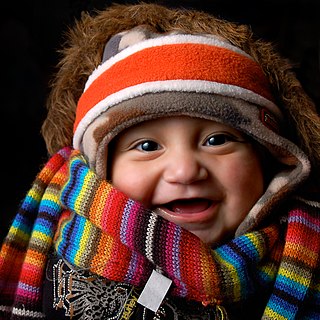
Hand feel is the property of fabrics related to the touch that expresses sensory comfort. It refers to the way fabrics feel against the skin or in the hand and conveys information about the cloth's softness and smoothness. Hand feel is an estimated and subjective property of different fabrics, but nowadays, hand feel could be measured and assessed statistically.
Plated fabrics are fabrics that have different colors or types of face and back. The fabrics are formed by using different kinds of yarn types or colors to both be invisible on the other side. Different properties of several textile fibers are exploited to obtain various surface interests and patterns. One of the aspects is the thermophysiological and moisture comfort of clothing.
Moisture management or moisture-wicking is a functional property in textiles that enables them to transfer moisture from the skin, by capillary action through the fabric, spreading it over a large external surface area, which helps in drying quickly. The property is one of the most important for thermal comfort of textiles.

Textile performance, also known as fitness for purpose, is a textile's capacity to withstand various conditions, environments, and hazards, qualifying it for particular uses. The performance of textile products influences their appearance, comfort, durability, and protection. Different textile applications require a different set of performance parameters. As a result, the specifications determine the level of performance of a textile product. Textile testing certifies the product's conformity to buying specification. It describes product manufactured for non-aesthetic purposes, where fitness for purpose is the primary criterion. Engineering of high-performance fabrics presents a unique set of challenges.

3D textiles are three-dimensional structures made with different manufacturing methods such as weaving, knitting, braiding, or nonwoven, or made with alternative technologies. 3D textiles are produced with three planar geometry, opposed to 2D textiles that are made on two planes. The weave in 2D textiles is perpendicular. The yarn is fed along two axis: length (x-axis) and width (y-axis), while 3D textiles also have a perpendicular weave, but they have an extra yarn with an angular feeding (z-axis) which creates thickness. 3D weaves are orthogonal weave structures, multilayer structures, and angle interlocks. 3D textiles have more manufacturing opportunities, various properties, and a broader scope of applications. These textiles have a wide range of applications, but they are most commonly used where performance is the primary criterion, such as technical textiles. Composite materials, manufacturing is one of the significant areas of using 3D textiles.
A blend is a mixture of two or more fibers. In yarn spinning, different compositions, lengths, diameters, or colors may be combined to create a blend. Blended textiles are fabrics or yarns produced with a combination of two or more types of different fibers, or yarns to obtain desired traits and aesthetics. Blending is possible at various stages of textile manufacturing. The term, blend, refers to spun fibers or a fabric composed of such fibers. There are several synonymous terms: a combination yarn is made up of two strands of different fibers twisted together to form a ply; a mixture or mixed cloth refers to blended cloths in which different types of yarns are used in warp and weft sides.
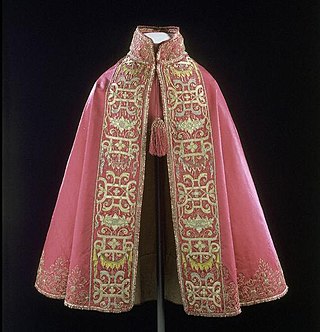
Aesthetics in textiles is one of the basic concepts of serviceability of textiles. It is determined by the perception of touch and sight. Aesthetics imply the appearance and attraction of textile products; it includes the color and texture of the material. It is a statement about the end user (consumer) and the target market. When combined with fabric construction, the finish of the clothing material, garment fit, style, and fashion compatibility, colours create an aesthetic comfort. All of these elements work together to satisfy our visual perception. Aesthetics incorporates the role of evaluation also.
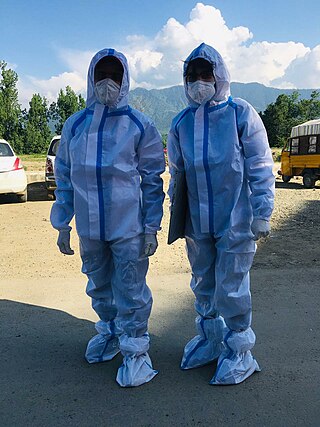
Medical textiles are numerous fiber-based materials intended for medical purposes. Medical textile is a sector of technical textiles that emphasizes fiber-based products used in health care applications such as prevention, care, and hygiene. A medical textile is a piece of fabric used in the healthcare industry.

Textile testing is the process of measuring the properties and performance of textile materials—textile testing includes physical and chemical testing of raw materials to finished products.
Cold pad batch (CPB) is a method of dyeing textiles, typically cellulosic fibers such as cotton, in which the textile is impregnated with dye in a cold state, rather than being heated. High dye fixation and no thermal energy are the advantages of the CPB process. CPB-dyed fabrics are less expensive, have a softer hand feel, and have a cleaner surface than exhaust dyed materials. The process may take up to 12 hours in the batching process, depending on the depth of the shade. The disadvantage is that batching is a time-consuming and lengthy process. The process was developed in 1960.

Clothing physiology is a branch of science that studies the interaction between clothing and the human body, with a particular focus on how clothing affects the physiological and psychological responses of individuals to different environmental conditions. The goal of clothing physiology research is to develop a better understanding of how clothing can be designed to optimize comfort, performance, and protection for individuals in various settings, including outdoor recreation, occupational environments, and medical contexts.















